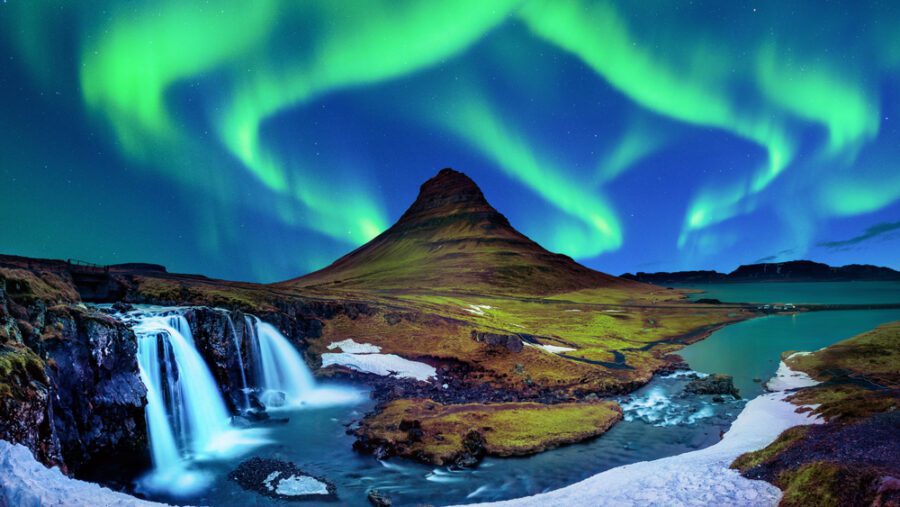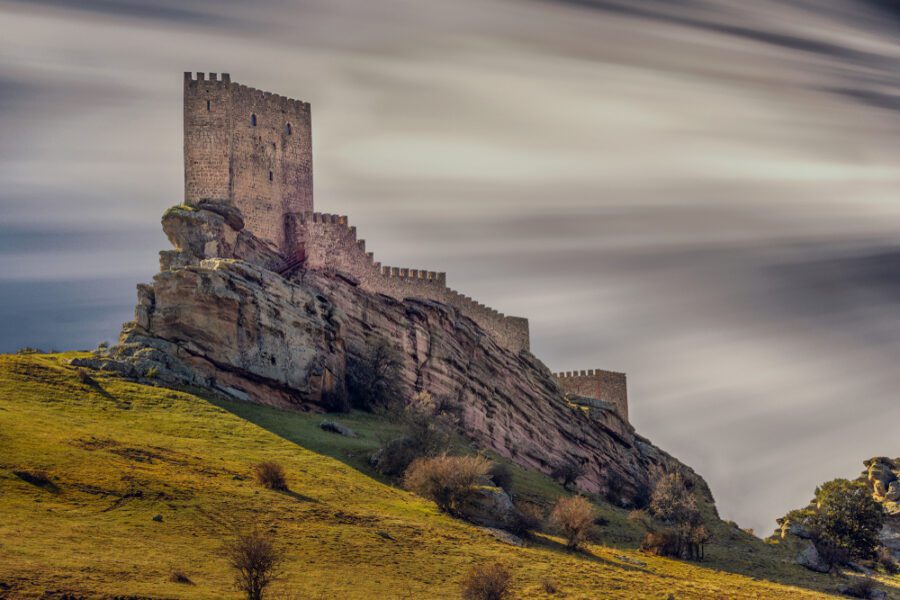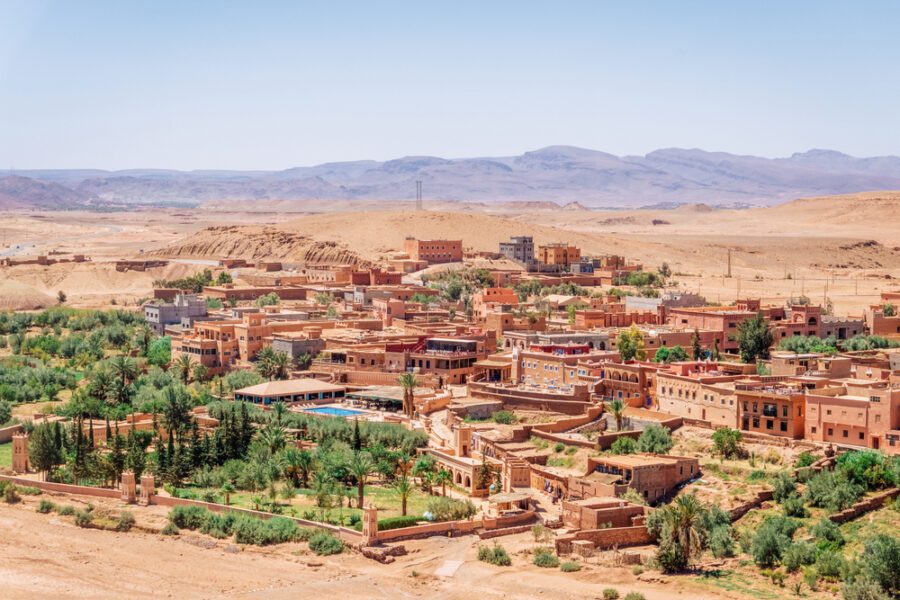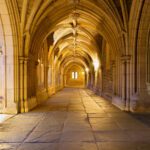If you’ve ever wondered where the true places of the Game of Thrones map are in the real world, this infographic from tour firm Lawrence of Morocco reveals them.
The main Game of Thrones headquarters are at Paint Hall studios in Belfast, Northern Ireland, where most of the interior sets are housed; the majority of filming for Game of Thrones takes place in Northern Ireland as well, but many other European countries, and even African filming locations, have also been used.
Most Game of Thrones areas have seen an increase in visitors as a result of the attention, but not everyone is happy. Maltese officials are said to have protested that protected habitats were harmed during the production of Game of Thrones, requiring future filming to be moved to Croatia in season 2.
Filming was also necessary in the United States (Season 3, “The Bear and the Maiden Fair”) and Canada due to animal transportation laws (Season 5, scenes involving a Direwolf).

1. Arrowhead Mountain: Kirkjufell, Iceland
Arrowhead Mountain isn’t seen for the first time until Season 7. In a flashback during season six, the Children of the Forest build their first White Walker in its shadow.
However, the freestanding Icelandic peak appears as a background to Jon Snow, Thoros, Beric Dondarrion, Sandor Clegane (better known as the Hound), Gendry Waters, Ser Jorah Mormont, and Tormund’s fight against the Night King.
Offscreen, it’s a magnificent site to see the Northern Lights and Iceland’s most photographed peak. Aside from that, if you go in person, you won’t have to worry about undead polar bears.
2. King’s Landing Dragonpit: Itálica, Spain
The conclusion of Season 7 (make that one of the climaxes—the season was quite intense) took place in King’s Landing Dragonpit, when Cersei, Tyrion, Jon Snow, and Daenerys finally, finally met amid the Roman ruins of Itálica near Seville.
The production crew constructed a structure to safeguard the old amphitheater’s middle portion, which previously held 25,000 spectators. It will now be recognized for having three Lannisters, two Targaryens, two Cleganes, two Greyjoys, two dragons, a few friends, a few adversaries, and a dead man walking among its ranks.
While you won’t witness any dragons or abducted wights, the site’s 2,200-year-old foundation will leave you astounded.
3. Winterfell: Castle Ward; Belfast, Northern Ireland
Castle Ward (aka Winterfell), with its Gothic architecture and underground gardens, is one of the North’s most somber stars—and that’s saying a lot. The estate overlooks Strangford Lough outside Belfast and offers Winterfell Tours for GOT fans, who can even dress in character and visit a replica of the archery range from the fateful pilot episode.
It was home to House Stark since the beginning of the show and briefly, House Flayjoy (aka the Boltons). Winterfell sequences were shot on location at the ancient Doune Castle in central Scotland’s Stirling area.

4. Tower of Joy: Castillo de Zafra, Spain
The Tower of Joy was crucial in Season 6—in fact, the entire season felt like a build-up to one great tower-bound reveal: Who would Ned Stark discover inside? Of course, the answer was his sister Lyanna, whose secret marriage to Rhaegar Targaryan resulted in both Robert’s Rebellion and—gasp! —the possibly-future-king Jon Snow.
The setting for those game-changing episodes was Castillo de Zafra, a 12th-century fortification in the Guadalajara badlands between Barcelona and Madrid that went from Visigoths to Moors to Christians without ever being conquered.
5. King’s Landing: Dubrovnik, Croatia
The UNESCO-protected medieval center of this stunning city, replete with walking stone walls, has been a star of the show since the beginning:
The location of King Joffrey’s naming day tournament in season 2 is Fort Lovrijenac (Fort of St. Lawrence); Gradac Park is the location of his, hmm, exciting Purple Wedding in season 4; and the Jesuit Staircase is where you may retrace Cersei’s walk of shame from season 5.
Just keep in mind that breaking Article 14 of the Croatian Law on Offenses against Public Order and Peace with a little public nudity may result in a fine ranging from 185 to 750 kuna.
6. Dorne’s Sunspear: Alcázar of Seville, Spain
The Alcázar of Seville, the opulent royal palace in the city’s heart, is the series’ crown jewel of Andalusian filming locales. Despite the fact that the palace is Seville’s most popular tourist attraction, the cast and crew were granted permission to close half of it down to film critical scenes set in Dorne, Westeros’ southernmost province.
Dorne’s Water Palace of Sunspear, the verdant summer palace of the royal Martell family, is set in the Alcázar. It is also one of the best specimens of Mudéjar architecture in Europe, as well as the oldest royal residence currently in use. The Royal Palace in Lanza del Sol has been turned into the opulent private property of House Martell.

7. Aït Benhaddou, Morocco
Aït Benhaddou is one of the region’s most fascinating and well-preserved historic cities. It’s a fantastic example of Moroccan earthen clay construction, and it’s no surprise that Aït Benhaddou has become a favorite movie location for many Hollywood directors.
This well-known city serves as the setting for Daenerys’ battle against the Second Sons in Game of Thrones. Yunkai, one of the three cities of Slaver’s Bay in Essos, was a significant city in Dany’s narrative.
We suspect the program will never return to this location now that she is in Westeros. Since 1987, Aït Ben Haddou in Morocco has been designated as a UNESCO World Heritage Site. Many films, including Gladiator (2000) and The Mummy (1999), were shot here.
8. Meereen: Peñíscola Castle, Spain
Beginning in Season 6, the walled seaside village of Peñíscola began to stand in for the slave metropolis of Meereen, which was previously filmed in Croatia. Head around 75 miles north of Valencia to see the real-life setting for Tyrion and Varys’s talk in “The Red Woman” episode—then look up.
Peñíscola commonly known as “The City in the Sea,” is a fortified seaport capped by Papa Luna’s Castle. It is only connected to the mainland by a tiny strip of land and is surrounded by medieval walls and erected on a rocky point about 220 feet (67 meters) high.
When walking through the old town’s medieval streets, you’ll find yourself stopping frequently to take in the spectacular vistas of the Mediterranean Sea.
You might also like: 6 Stunning Caves in the US













